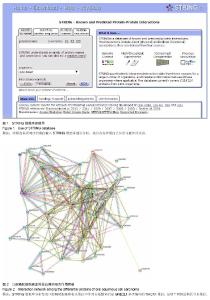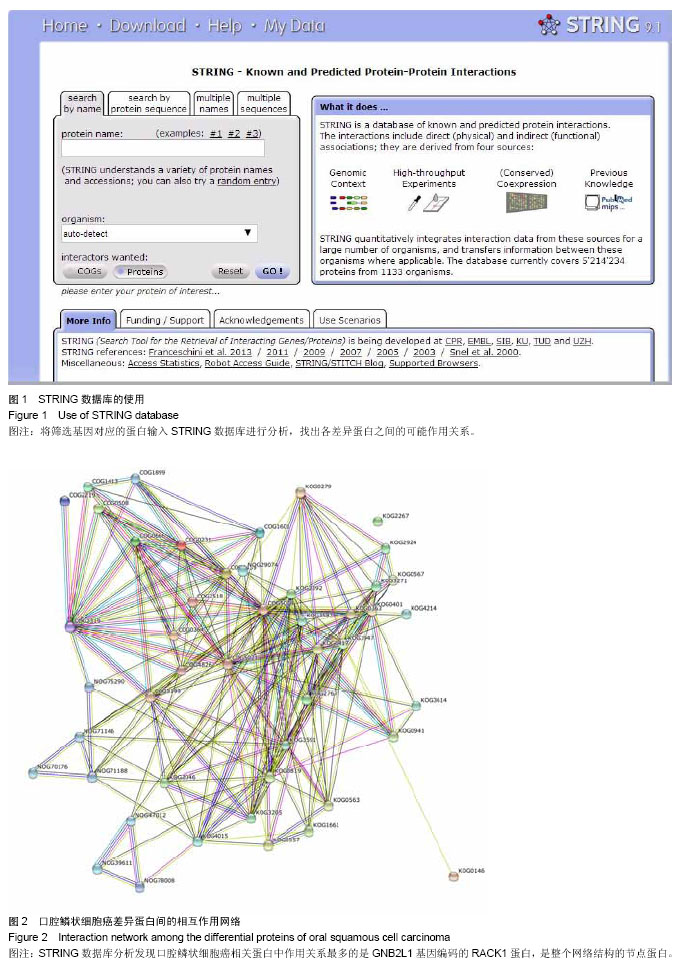| [1] |
Li Bo, Lin Jie.
Three-dimensional liver reconstruction provides a more
accurate preoperative assessment of tumor size than traditional CT imaging
technique
[J]. Chinese Journal of Tissue Engineering Research, 2020, 24(11): 1726-1732.
|
| [2] |
Zhang Yingying, Wang Yinglei, Meng Lin, Xiao Lin, Li Zhonghai, Zhao Zhankui, Wu Houke.
RNA interferes with Id2 gene expression to inhibit proliferation and invasion of PC-3 prostate cancer stem cells
[J]. Chinese Journal of Tissue Engineering Research, 2019, 23(9): 1342-1348.
|
| [3] |
Han Mingli, Lü Pengwei, Qian Xueke, Yang Xue, Yang Yunqing, Gu Yuanting.
MicroRNA-10b regulates aldehyde dehydrogenase 1 mRNA and protein expression in breast cancer MCF-7 cell line
[J]. Chinese Journal of Tissue Engineering Research, 2019, 23(9): 1349-1353.
|
| [4] |
Gao Jianjun, Qin Wei, Wang Hao, Zhong Xiangyu.
Application and prospect of organoid technique in cancer research
[J]. Chinese Journal of Tissue Engineering Research, 2019, 23(7): 1136-1141.
|
| [5] |
Zha Luqin, Han Bengao, Zhang Chaojie.
Metformin regulates proliferation and apoptosis of gastric cancer stem cells through the Akt pathway
[J]. Chinese Journal of Tissue Engineering Research, 2019, 23(5): 657-662.
|
| [6] |
Feng Haipeng, Zheng Yifei, Zhou Ying, Li Zhilu, Sun Yan, Liu Kun, Zhang Ruizhu, Wang Qiaoyun, Meng Bo, Lin Bo, Li Mengsen.
Inhibition of GATA5 expression in HELA cells promotes expression of sox2, c-myc and CD44 in HELA cells
[J]. Chinese Journal of Tissue Engineering Research, 2019, 23(5): 710-715.
|
| [7] |
Dong Zhengquan1, Wei Lei2.
Gene expression profiles in osteoarthritis: a bioinformatic analysis
[J]. Chinese Journal of Tissue Engineering Research, 2019, 23(3): 335-340.
|
| [8] |
Liu Shuzhong1, Lao Lifeng2.
Effects of recombinant human bone morphogenetic protein-2 on the proliferation of breast cancer MCF-7 cells
[J]. Chinese Journal of Tissue Engineering Research, 2019, 23(3): 458-463.
|
| [9] |
Chen Yue, Zhang Tianke, Xu Yong.
Nanomaterials applied in tumor imaging diagnosis and treatment: an integration tendency
[J]. Chinese Journal of Tissue Engineering Research, 2019, 23(14): 2241-2247.
|
| [10] |
Cheng Haiyan, Long Heming, Xie Xiaoying, Li Feng.
ciRS-7 regulates the stemness of cervical cancer stem cells: effects and mechanisms
[J]. Chinese Journal of Tissue Engineering Research, 2019, 23(13): 2009-2015.
|
| [11] |
Xia Rongjun, Ou Yingfu, Xing Weishan, Zheng Linlin, Yu Shengjin, Lin Lijuan.
Long non-coding RNA H19 promotes proliferation and invasion of gastric cancer stem cells
[J]. Chinese Journal of Tissue Engineering Research, 2019, 23(13): 2022-2027.
|
| [12] |
Qi Minjun, Wu Xiaopeng, Zhou Zhongxing, Jiang Xiaodong.
miR-142-3p effect on the stemness of bladder cancer stem cells via regulation of S1PR3
[J]. Chinese Journal of Tissue Engineering Research, 2019, 23(13): 2028-2034.
|
| [13] |
Zhang Zhen-hua, Su Zi-jie, Kan Yun-zhen, Liu Qiu-yu.
Effects of leukemia inhibitory factor receptor overexpression on stemness maintenance and lung metastasis in vivo of thyroid cancer stem cells
[J]. Chinese Journal of Tissue Engineering Research, 2018, 22(9): 1376-1381.
|
| [14] |
Zhang Wei-jia, Chen Jia-shu.
A targeting photodynamic drug vehicle composed of neural stem cells and mesoporous silica nanoparticles for tumor therapy
[J]. Chinese Journal of Tissue Engineering Research, 2018, 22(6): 883-888.
|
| [15] |
Mo Fei, Shen Hong-chun, Xu Ya-hong, Li Jian, Zhao Qi-hua, Luo Shun-wen, Lu Yi, Liu Yang, Jia Zhi-gang.
Transurethral injection of autologous adipose-derived stem cells for urinary incontinence after radical prostatectomy
[J]. Chinese Journal of Tissue Engineering Research, 2018, 22(5): 717-722.
|

